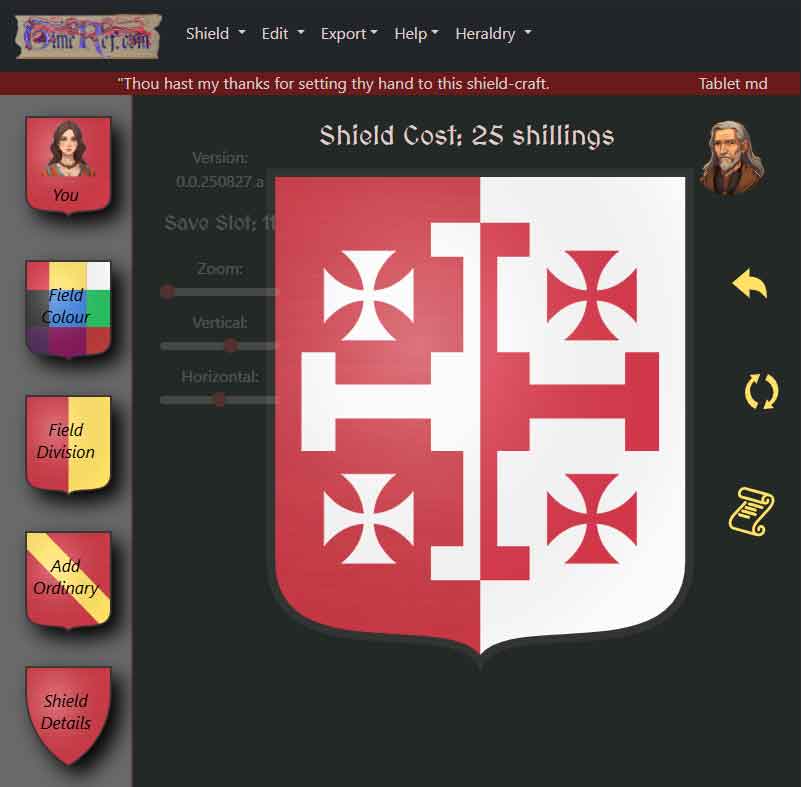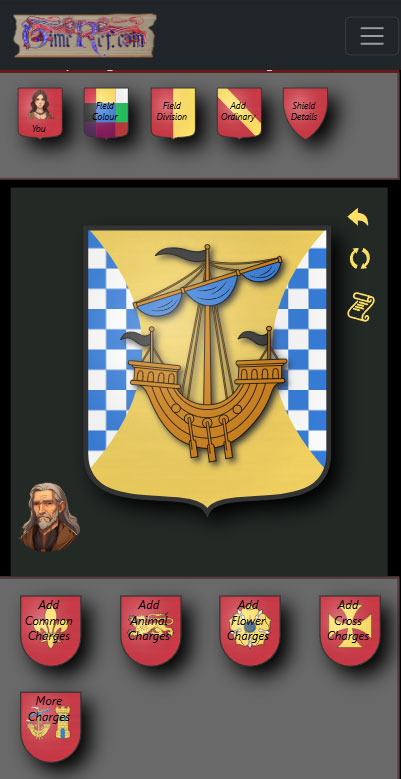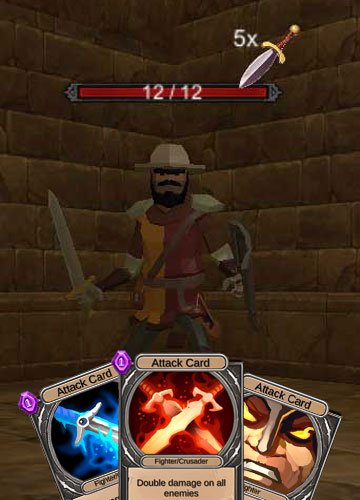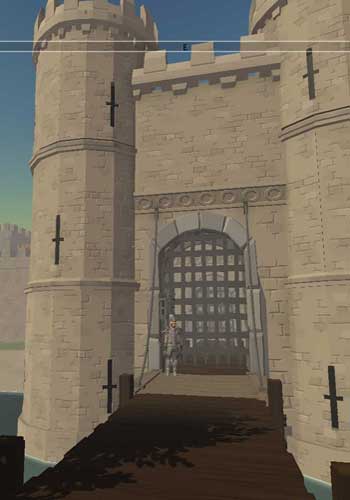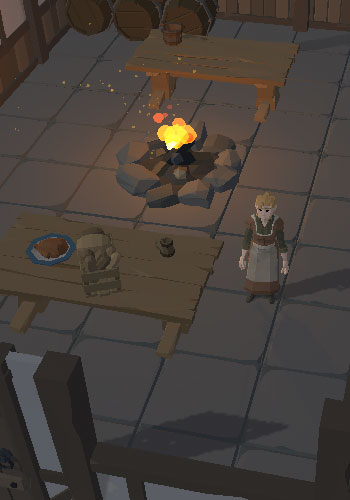 large Norman stone castle built overlooking the River Tees on top of a 100 foot high rocky outcrop. It was originally built by Barnard de Balliol who died in 1167. The castle castle was divided into four wards each divided by walls and ditches. The larger outer ward to the south now no longer exists and has been built upon but the local road still follows the outline of the castle walls. To protect the north-east, east and southern sides of the castle away from the cliffs a ditch was dug. An entrance to the castle can be found on the northern wall that was protected by a gate-house and orginally a drawbridge. Two towers, one semi-circular and one rectangular are built into the northern wall. Much of the curtain walls remain.
large Norman stone castle built overlooking the River Tees on top of a 100 foot high rocky outcrop. It was originally built by Barnard de Balliol who died in 1167. The castle castle was divided into four wards each divided by walls and ditches. The larger outer ward to the south now no longer exists and has been built upon but the local road still follows the outline of the castle walls. To protect the north-east, east and southern sides of the castle away from the cliffs a ditch was dug. An entrance to the castle can be found on the northern wall that was protected by a gate-house and orginally a drawbridge. Two towers, one semi-circular and one rectangular are built into the northern wall. Much of the curtain walls remain. In around 1255 John Balliol, the father of the future king of Scotland and the then owner of the castle became involved in a dispute with the Bishop of Durham, Walter de Kirkham. The dispute over a manor escallated when hostages were taken and the Bishop excommunicated some of the baron's men. In the end the king had to intervene. In 1263 John Balliol founded Balliol College, Oxford, possibly to atone for his earlier dealings with the bishop.
John's son, also called John Balliol was chosen by King Edward I to become the King of Scotland in 1292. His position only lasted for four years when a disagreement with the English king led to hostilities. Balliol lost control of Barnard Castle and it was claimed by Antony Bek, the Bishop of Durham, a supporter of the English king.
King Richard III took possession of the castle when he married Cecily Neville.Mainained by English Heritage.

